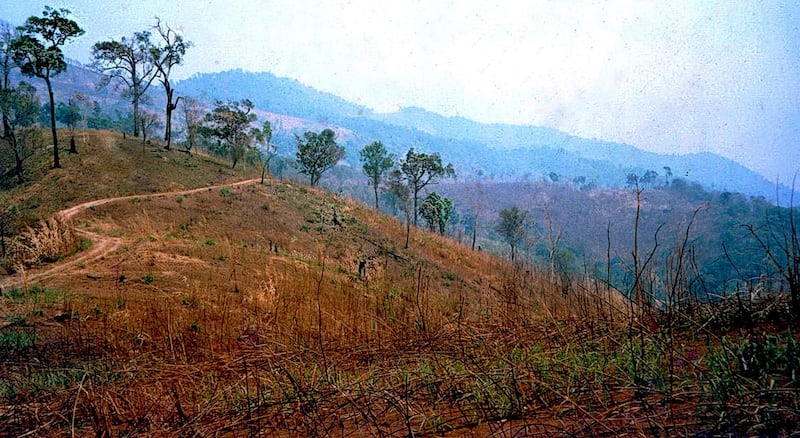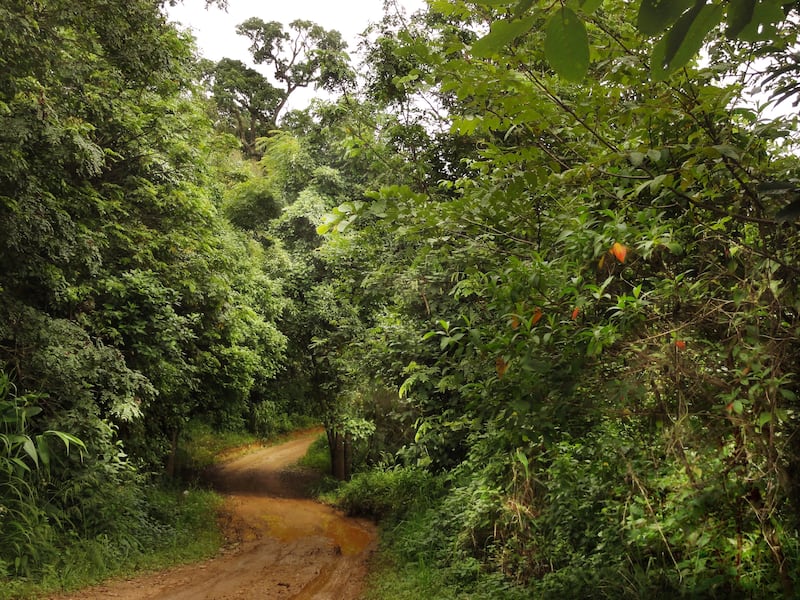Poorly planned and executed tree planting schemes can harm the environment, experts warned as they set out “golden rules” for restoring forests.
Planting trees to suck up carbon emissions can be presented as an “easy answer” to tackling the climate crisis, but large-scale plantations can actually cause more problems than benefits, scientists have said.
The researchers from the Royal Botanic Gardens, Kew (RBG Kew) and Botanic Gardens Conservation International (BGCI) are urging a “right tree in the right place” approach to make sure restoring forests benefits people and the planet.
A study by the scientists found that in some cases, tree planting schemes did not increase the amount of carbon being stored in the landscape and could hit wildlife and people’s livelihoods.
Planting large areas with only a few, non-native, species can push out wildlife, reduce the amount of carbon being stored in soils and the forests, and reduce the land available for crops – potentially causing more deforestation elsewhere.

But allowing areas of forest to naturally regenerate is cheaper and can create up to 40 times more potential for carbon storage than plantations, while picking the right trees and places for planting can help restore nature and boost people’s livelihoods.
The team’s 10 golden rules, set out in a paper published in the journal Global Change Biology, focus on protecting existing forests first, putting local people at the heart of projects, and using natural regrowth of trees where possible.
Schemes need to focus on the right area for reforestation – for example, on land which used to be forest and has become degraded, rather than other important habitats such as grassland.

They should aim to maximise the recovery of nature to help wildlife and provide food, fibre and medicine for people’s livelihoods, as well as storing carbon.
Planting schemes must select the right trees, to attract nature such as monkeys that can disperse seeds and help the forest recover further, and make sure they are genetically diverse so they are resilient to future diseases and changes in the climate.
They also need to plan ahead, learn by doing – using local knowledge and small-scale trials where possible – and make sure forests provide income for people, through products they can sustainably harvest, ecotourism or environmental payments.
Dr Kate Hardwick, conservation partnership coordinator at RBG Kew, said: “Tree planting now dominates political and popular agendas and is often presented as an easy answer to the climate crisis, as well as a way for corporate companies to mitigate their carbon emissions, but sadly, it isn’t as simple as that.
“When people plant the wrong trees in the wrong place, it can cause considerably more damage than benefits, failing to help people or nature.”
Professor Alexandre Antonelli, director of science at RBG Kew, said that forests were hugely important but were disappearing at an alarming pace.
It is “fantastic” that thousands of people and businesses are planting trees, he said, adding, “it is a brilliant solution to tackle global warming and protect biodiversity, when done correctly and effectively”.
But the researchers want to challenge the way trees were being planted to maximise impact, he said.
“And whenever there’s a choice, we stress that halting deforestation and protecting remaining forests must be a priority,” he said.
Dr Paul Smith, secretary general at BGCI, said the 10 rules highlighted that planting trees was highly complex.
“There is no universal, easy solution to a successful reforestation initiative given the extraordinary diversity of trees, forest types and the unique cultural and economic environments each forest is in.
“However, there are successful examples that we can learn from and develop further to build on current public and private interest in the topic,” he said.








